Poland travel tips
Poland travel tips: In Central Europe, boasts rich history, vibrant culture, medieval cities, scenic landscapes, and warm hospitality. Diverse and dynamic nation.
Provinces 🌎
Poland travel tips. Here is a list of all the provinces of the Poland.
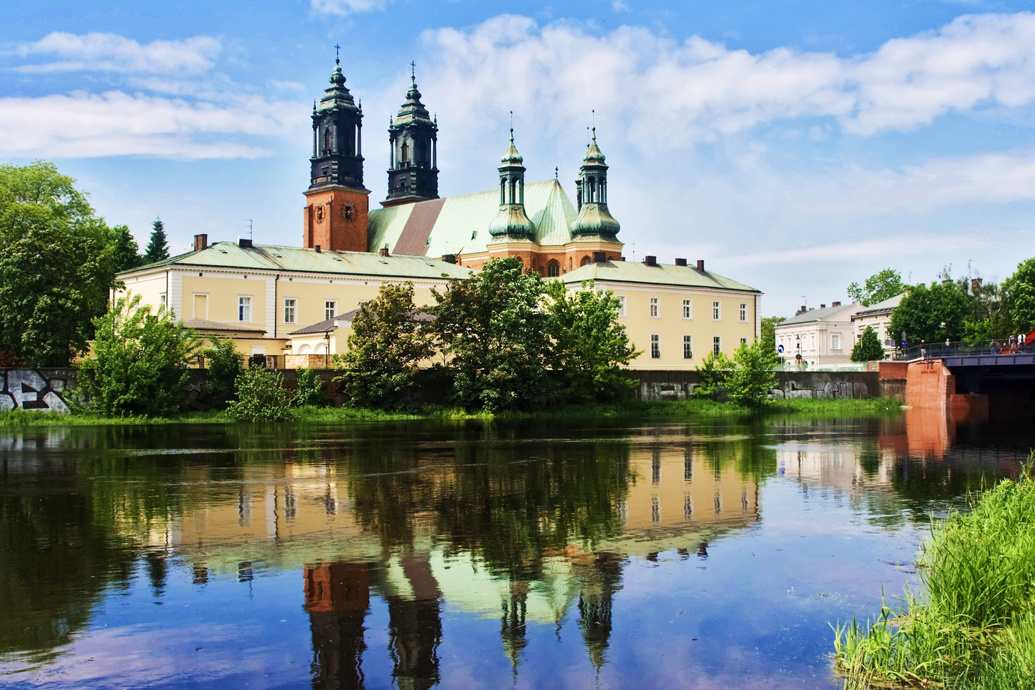
Greater Poland
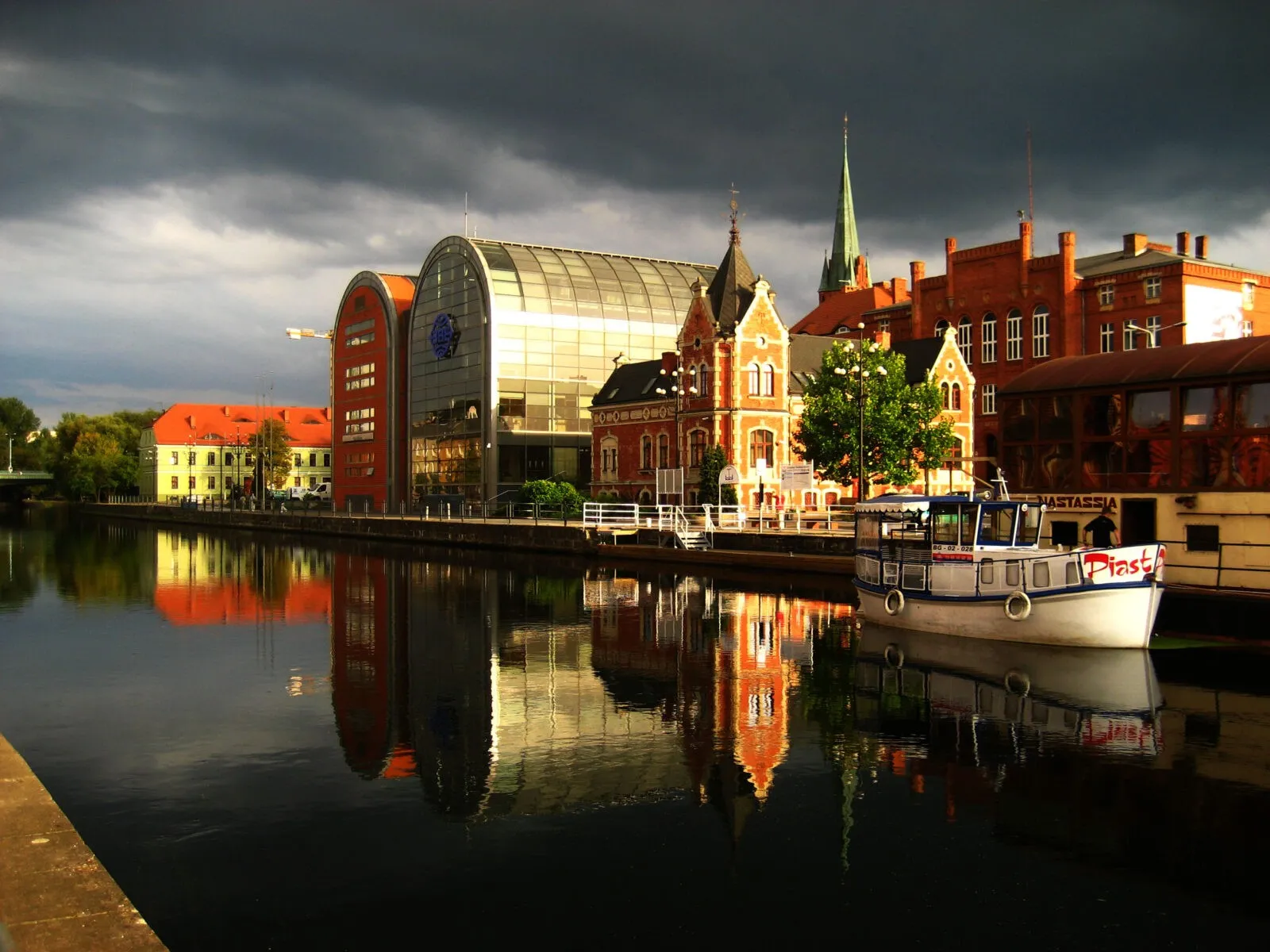
Kuyavian-Pomeranian

Lesser Poland
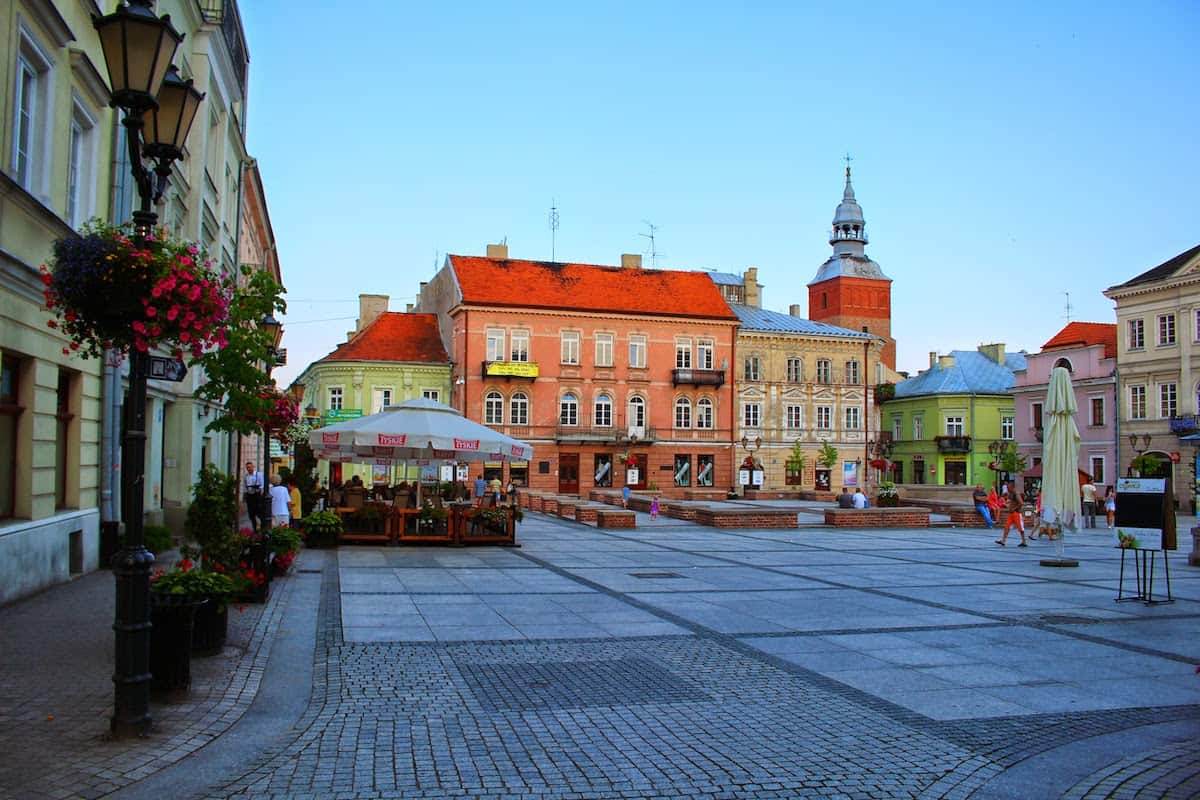
Łódź
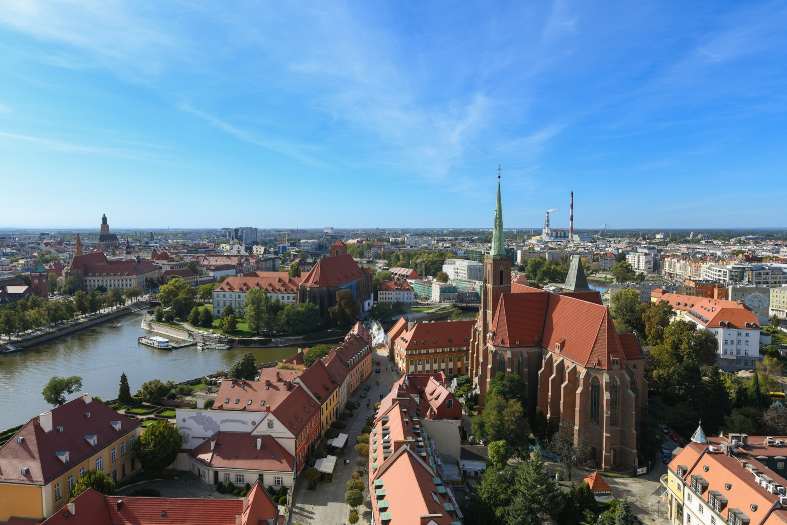
Lower Silesian
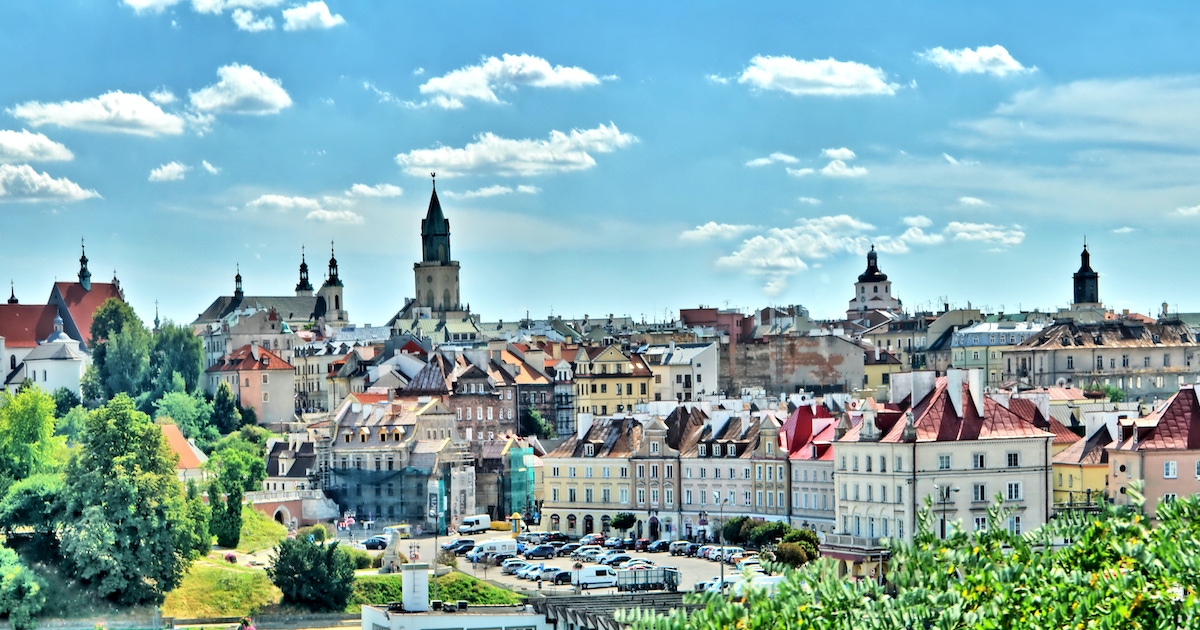
Lublin

Lubusz
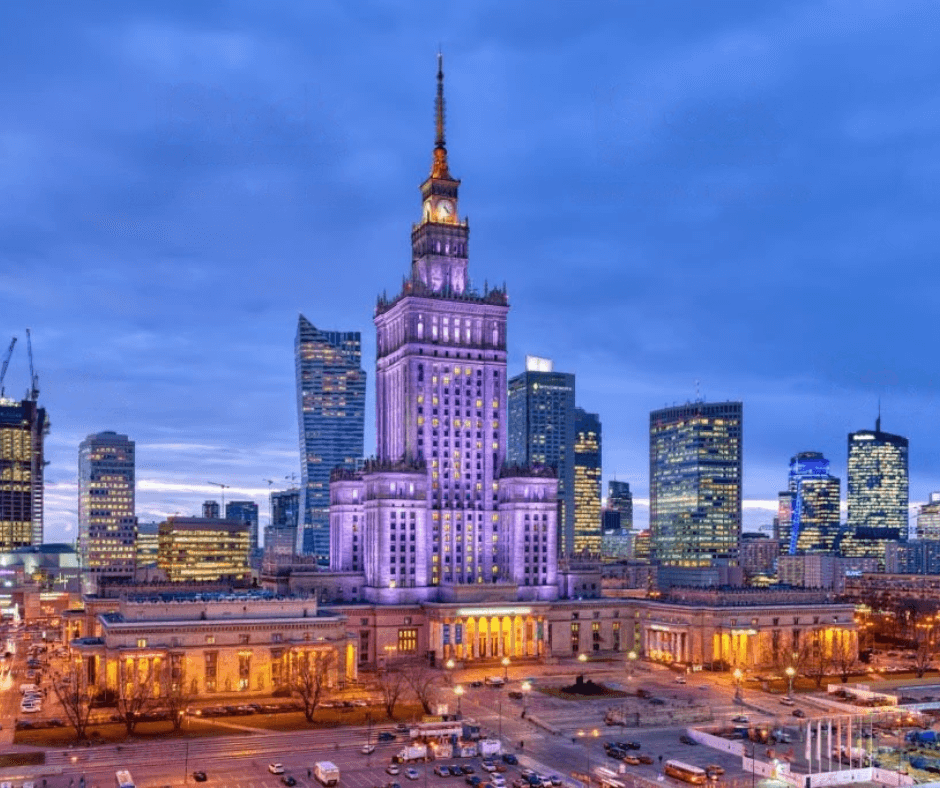
Masovian
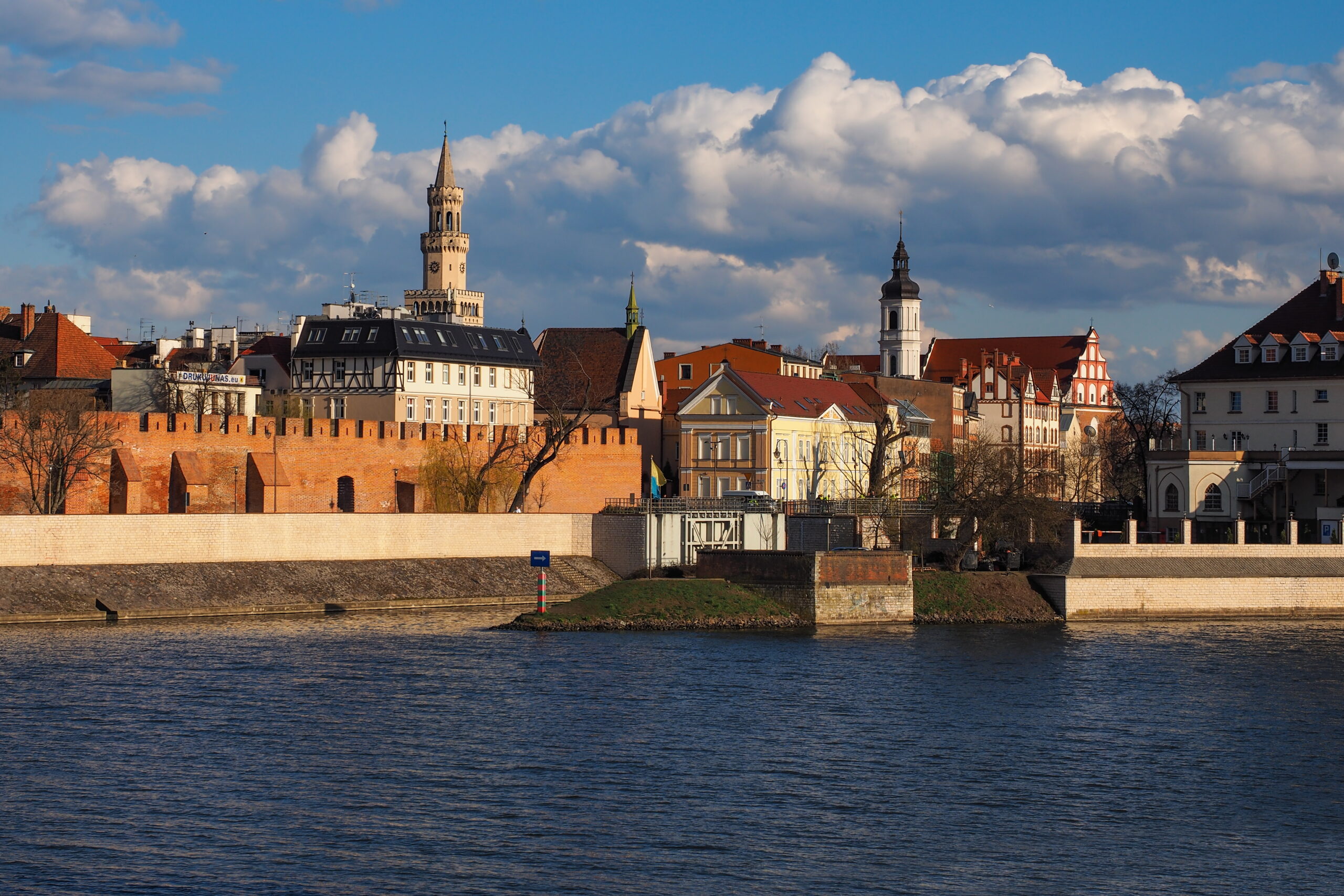
Opole
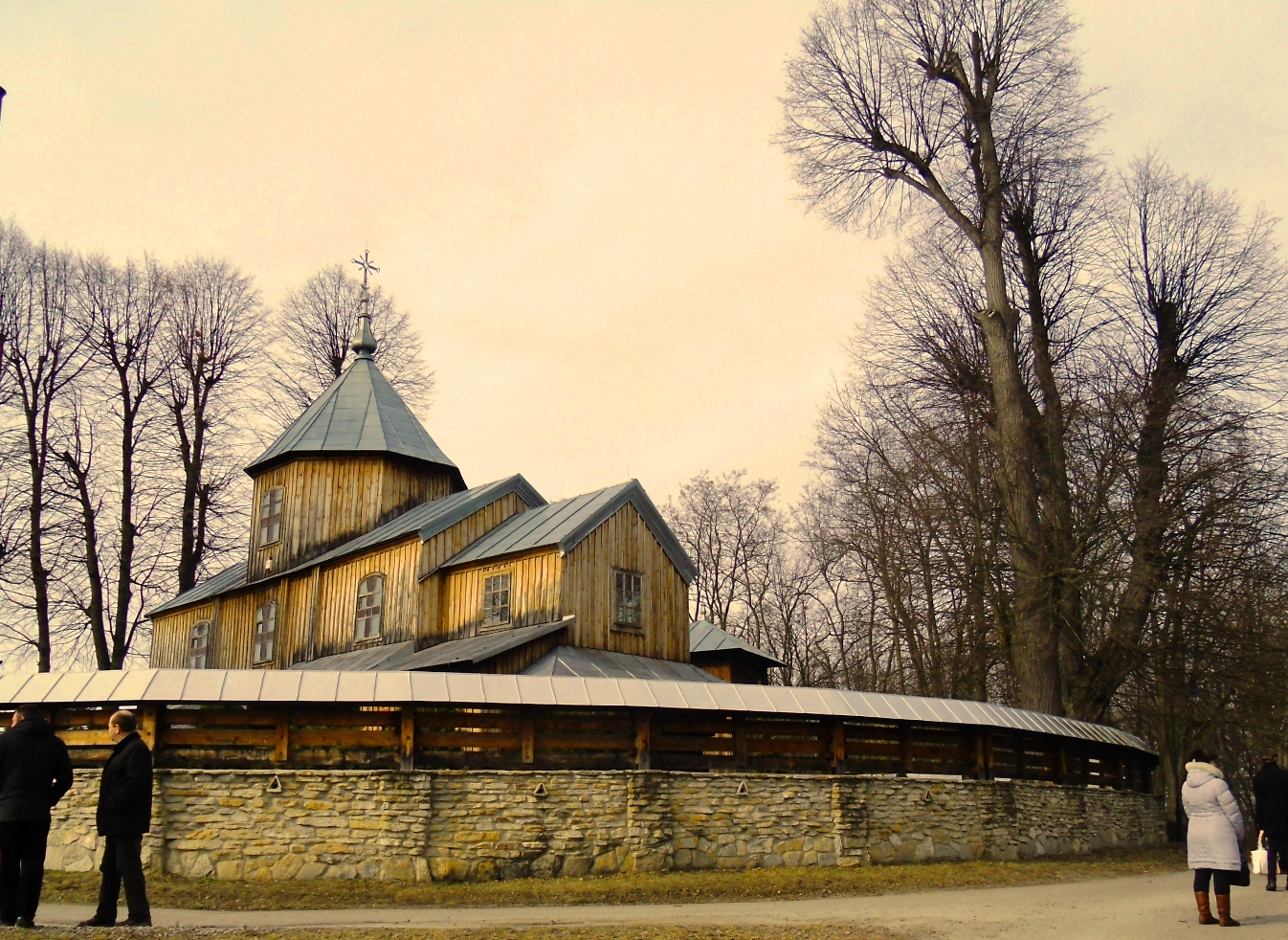
Podkarpackie

Podlaskie
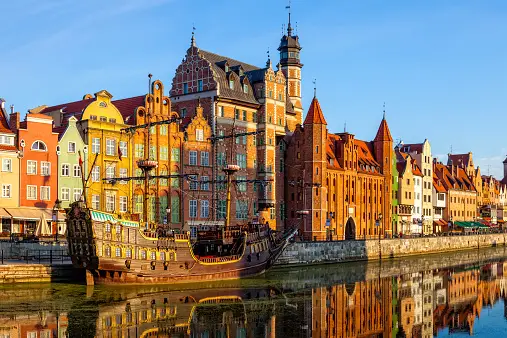
Pomeranian

Silesian

Subcarpathian

Świętokrzyskie

Warmian-Masurian
Before you go 🛩
Important information you should know before your trip
Info
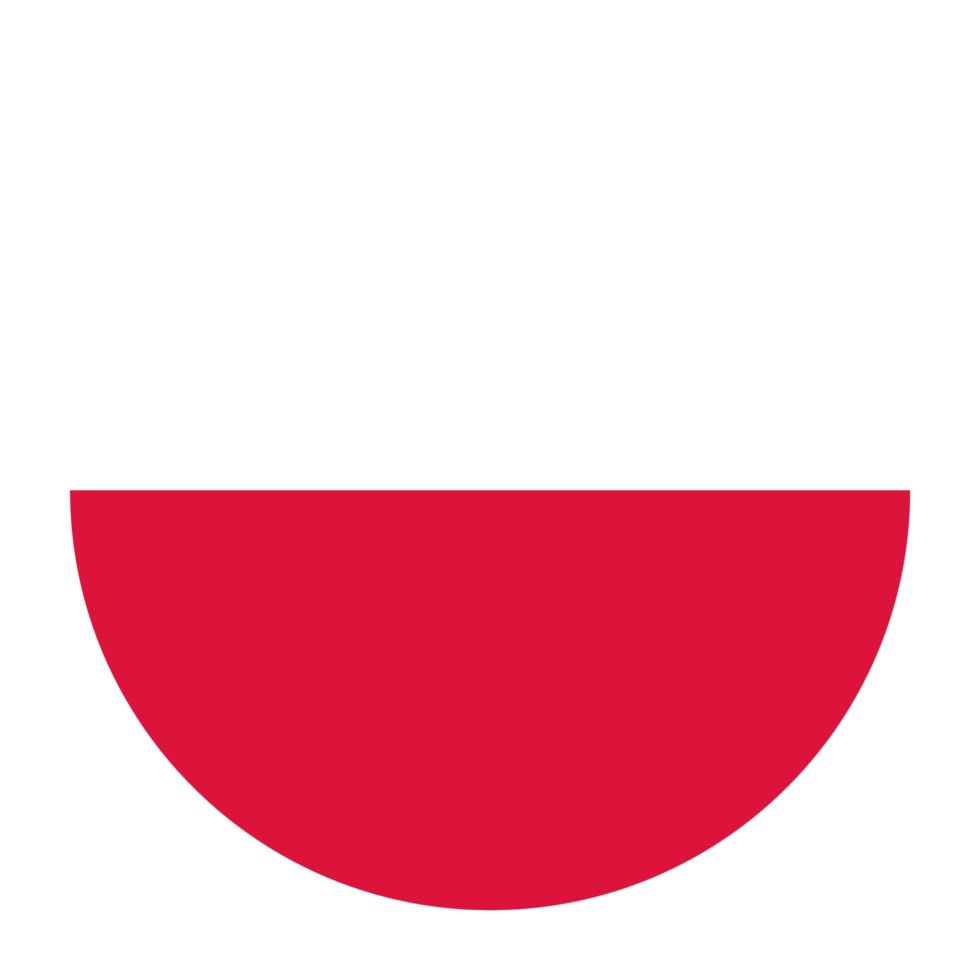
Capital | Warsaw
Flag Codes:
ISO alpha-2 PL,
ISO alpha-3 POL
Currency
Badge | Zloty
CODE | PLN
NUMBER | 985
SYMBOL | zł
FRACTION | grosz
Mobile Coverage
Dialing Code | +48
SIM Card
Coverage | 3G / 4G / 5G |
Mobile Networks | Play | Plus | T-Mobile | Orange Mobile |
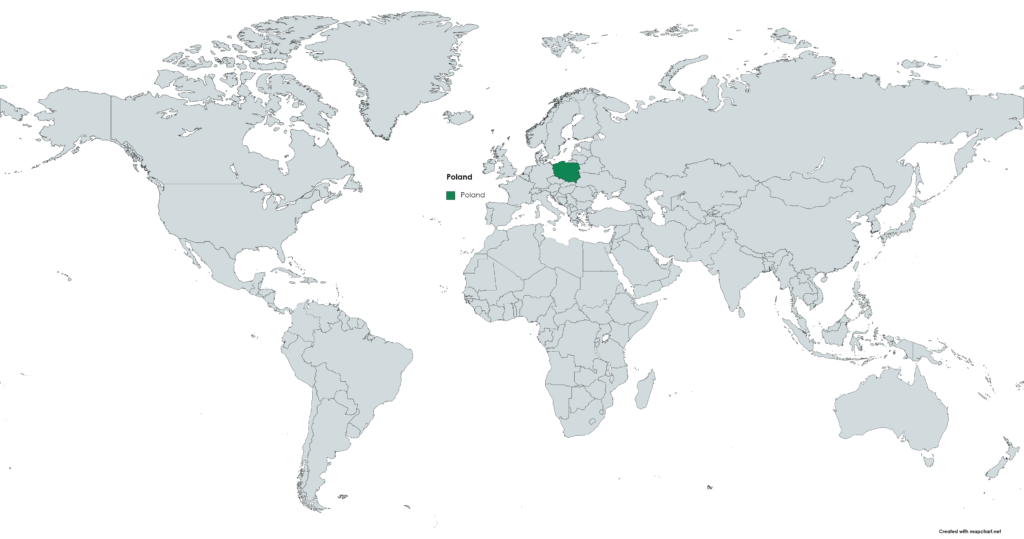
Location
Poland is a country located in Central Europe. It is bordered by Germany to the west, the Czech Republic and Slovakia to the south, Ukraine and Belarus to the east, and Lithuania and Russia (Kaliningrad Oblast) to the northeast. The northern border of Poland is formed by the Baltic Sea. Its geographical coordinates are approximately 52.2370° N latitude and 21.0170° E longitude. The country’s capital and largest city is Warsaw, situated in the eastern part of Poland.
Currency
The currency in Poland is the Złoty (PLN).
Languages
The official and most widely spoken language in Poland is Polish. It is a Slavic language that uses the Latin alphabet and is spoken by the vast majority of the population in Poland.
In addition to Polish, other languages are also spoken in the country, especially in regions where there are minority communities. Some of these languages are:
German: is the language of a significant German ethnic minority in Poland, especially in the Silesian region in the south-west of the country.
Ukrainian: It is spoken by a Ukrainian minority in Poland, especially in the Podolia region, in the southeast of the country.
Belarusian: It is spoken by a Belarusian minority in Poland, especially in the Białystok region in the east of the country.
Lithuanian: It is spoken by a Lithuanian minority in Poland, especially in the Suwałki region, in the northeast of the country.
Kashubian: is a Slavic language spoken by an ethnic minority in northern Poland, in the Pomerania region.
Silesian: is a Slavic language spoken in the Silesia region, in southern Poland.
It is important to note that although these languages are in the minority in Poland, some of them have a long history and a rich culture and literature associated with them.
Climate 🌡
Poland has a temperate climate with four distinct seasons: spring, summer, autumn, and winter. The climate is influenced by both maritime and continental factors. Here’s an overview of the climate in different seasons:
Spring (March to May): Spring in Poland is characterized by milder temperatures, blooming flowers, and increasing daylight. March can still be chilly with occasional snow, especially in the northern regions, but temperatures gradually rise in April and May. Spring is a pleasant time to visit Poland as nature comes to life, and the countryside turns green.
Summer (June to August): Summer is the warmest season in Poland. The temperatures can range from comfortably warm to hot, with average highs ranging from 20°C to 30°C (68°F to 86°F). July and August are the peak months for tourism, and many cultural events and festivals take place during this time. It’s an ideal time for outdoor activities and exploring the country’s natural attractions.
Autumn (September to November): Autumn is a beautiful season in Poland, with mild temperatures and colorful foliage. September can still have some warm days, but temperatures gradually drop as the season progresses. It’s a great time to visit if you prefer fewer crowds and want to enjoy the fall scenery.
Winter (December to February): Winter in Poland is cold, and temperatures often drop below freezing, especially in the central and eastern parts of the country. Snowfall is common, and it provides opportunities for winter sports in mountainous regions like the Tatra Mountains in the south. Christmas markets and festivities make winter a charming time to visit.
Poland travel tips
If you’re planning a trip to Poland, here are some travel tips to enhance your experience:
Historical Gems:
Explore Krakow’s Old Town, Warsaw’s Royal Castle, and Wawel Castle for a journey through Poland’s history.
Festivals:
Check local event calendars for festivals, celebrating everything from music to historical reenactments.
Respect Local Customs:
Familiarize yourself with Polish customs, traditions, and etiquette for a respectful visit.
Health Precautions:
Stay informed about health advisories and carry necessary medications.
Transportation:
Utilize trams and buses for easy exploration within cities; consider renting a car for rural areas. View Guide.
Holocaust Remembrance:
Pay respects at Auschwitz-Birkenau, a poignant reminder of World War II atrocities.
Nature Retreats:
Discover the beauty of Zakopane in the Tatra Mountains or relax at the Masurian Lakes for stunning landscapes.
Enjoy your time in Poland!

The best of the best
Polish cuisine is rich and flavorful, reflecting the country’s history, traditions, and regional influences.
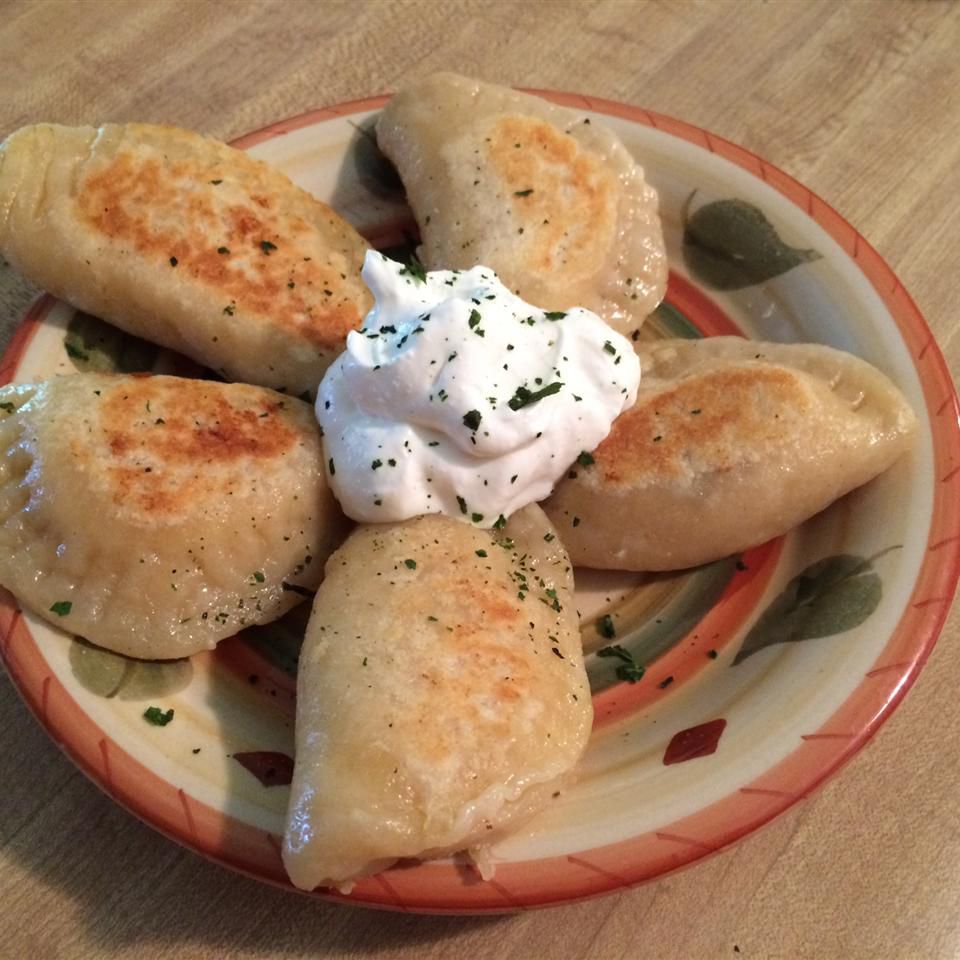
Pierogi
Pierogi are one of Poland’s most famous dishes. They are dumplings made from unleavened dough and filled with various fillings, such as potatoes, cheese, meat, cabbage, mushrooms, or fruits.
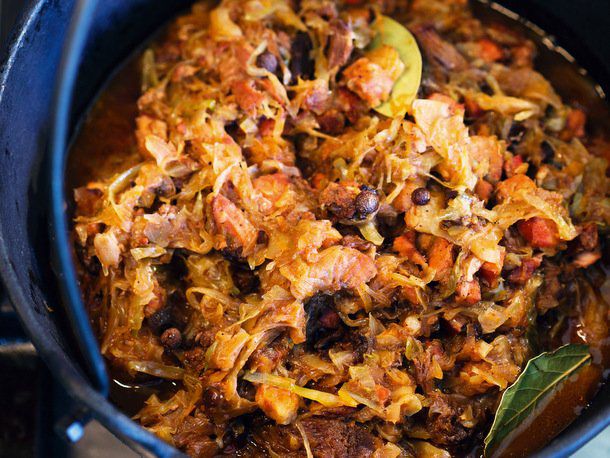
Bigos
Bigos is a hearty stew made with sauerkraut, fresh cabbage, various meats (usually pork, beef, and sausages), and sometimes dried mushrooms.

Kielbasa
Polish sausages, known as kielbasa, come in various flavors and styles. They are typically made from pork, but you can find varieties with beef, veal, or even game meat.
Here are some typical foods of Poland:
Golabki: Golabki are cabbage rolls filled with a mixture of minced meat (often pork or beef) and rice or buckwheat. They are usually cooked in tomato sauce or broth until tender.
Barszcz: Barszcz is a beetroot soup that can be served hot or cold. The hot version is made with meat broth and often includes sour cream, while the cold version is known as “chłodnik” and is made with buttermilk or yogurt.
Zurek: Zurek is a sour rye soup that typically includes sausage, potatoes, and hard-boiled eggs. It has a distinctive tangy flavor and is a popular dish during Easter.
Placki ziemniaczane: Placki ziemniaczane are Polish potato pancakes. They are made by grating potatoes and mixing them with eggs, flour, and seasoning before frying until crispy.
Oscypek: Oscypek is a traditional smoked sheep’s cheese made in the Tatra Mountains region. It has a unique shape and is often served grilled or fried with cranberry sauce.
Makowiec: Makowiec is a poppy seed cake or roll typically served during Christmas and Easter. It’s made with a sweet poppy seed filling and is a popular dessert.
Sernik: Sernik is a Polish cheesecake made with farmer’s cheese (twaróg). It’s a delicious and creamy dessert often flavored with vanilla or lemon zest.
Polish cuisine is known for its use of fresh ingredients, hearty flavors, and warm hospitality.
Transportation 🚥
More information about this country
Choose your destination 📍🗺
Useful Links ✅



